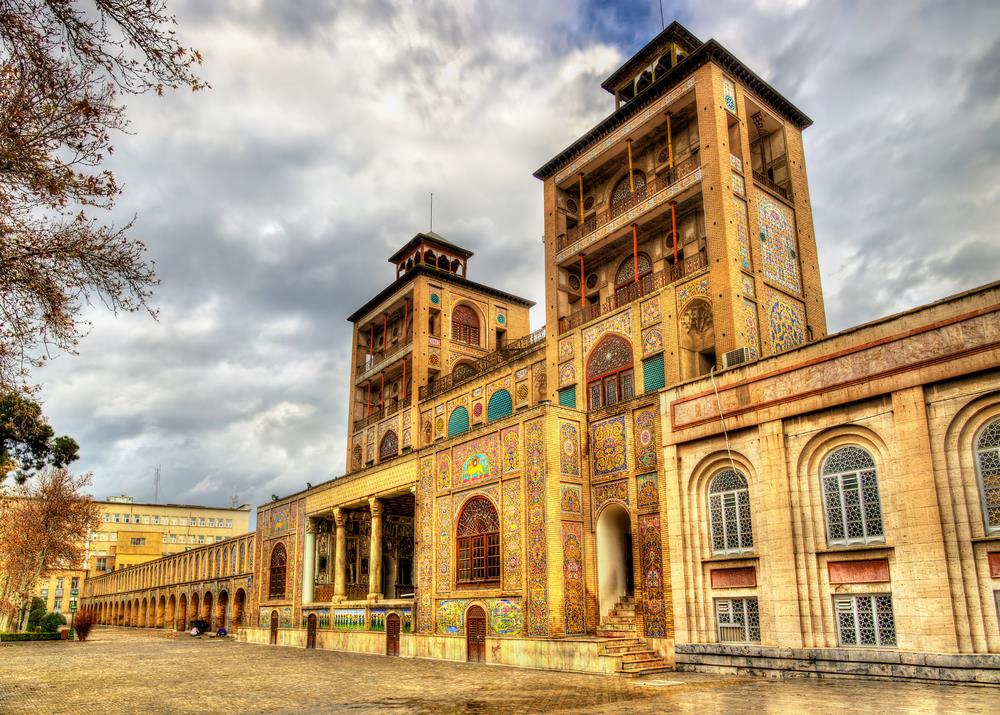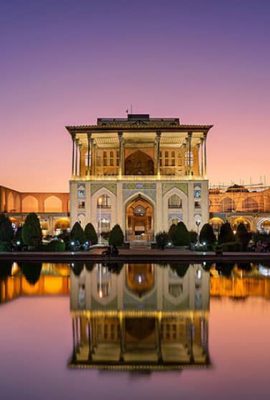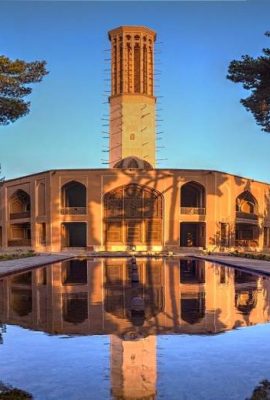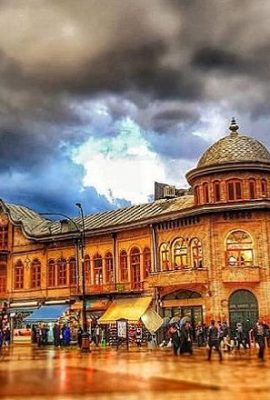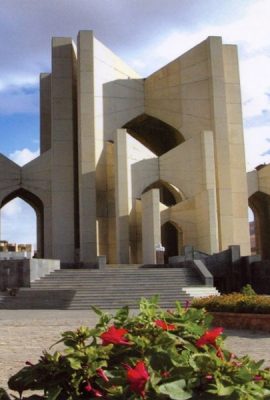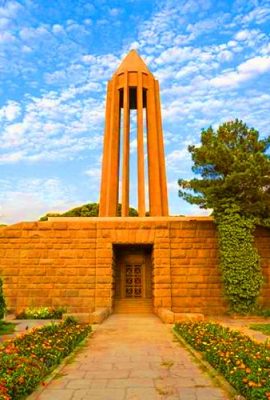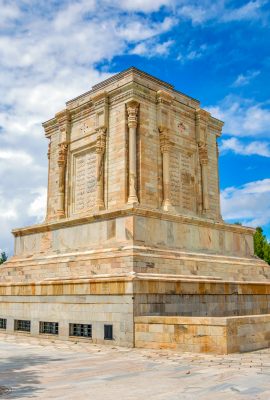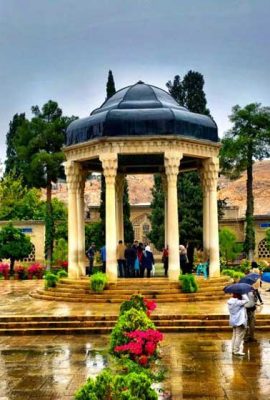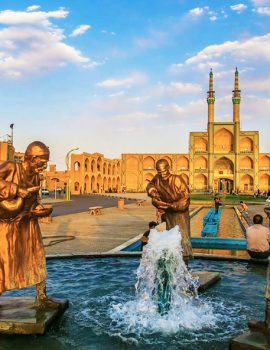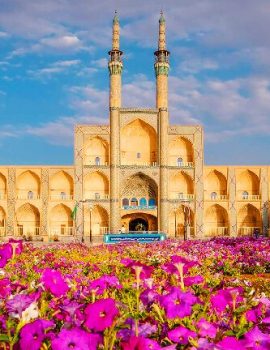Traveling in Iran
Experience a convenient and cheap travel to Iran with us Cheap and exciting travel to Iran
Guide for traveling in iran and traveling to Iran
Visiting the first adobe and second historical city of the world, Yazd
The first clay city, the second most historic city in the world after Venice, the amazing architecture of buildings, aqueducts and windbreakers, and the people who are kind and different nature, are the perfect and fascinating features that make traveling to Yazd for every travel lovers, Inevitable.Yazd is one of the central cities of Iran, which was registered on the UNESCO World Heritage List in July 1396
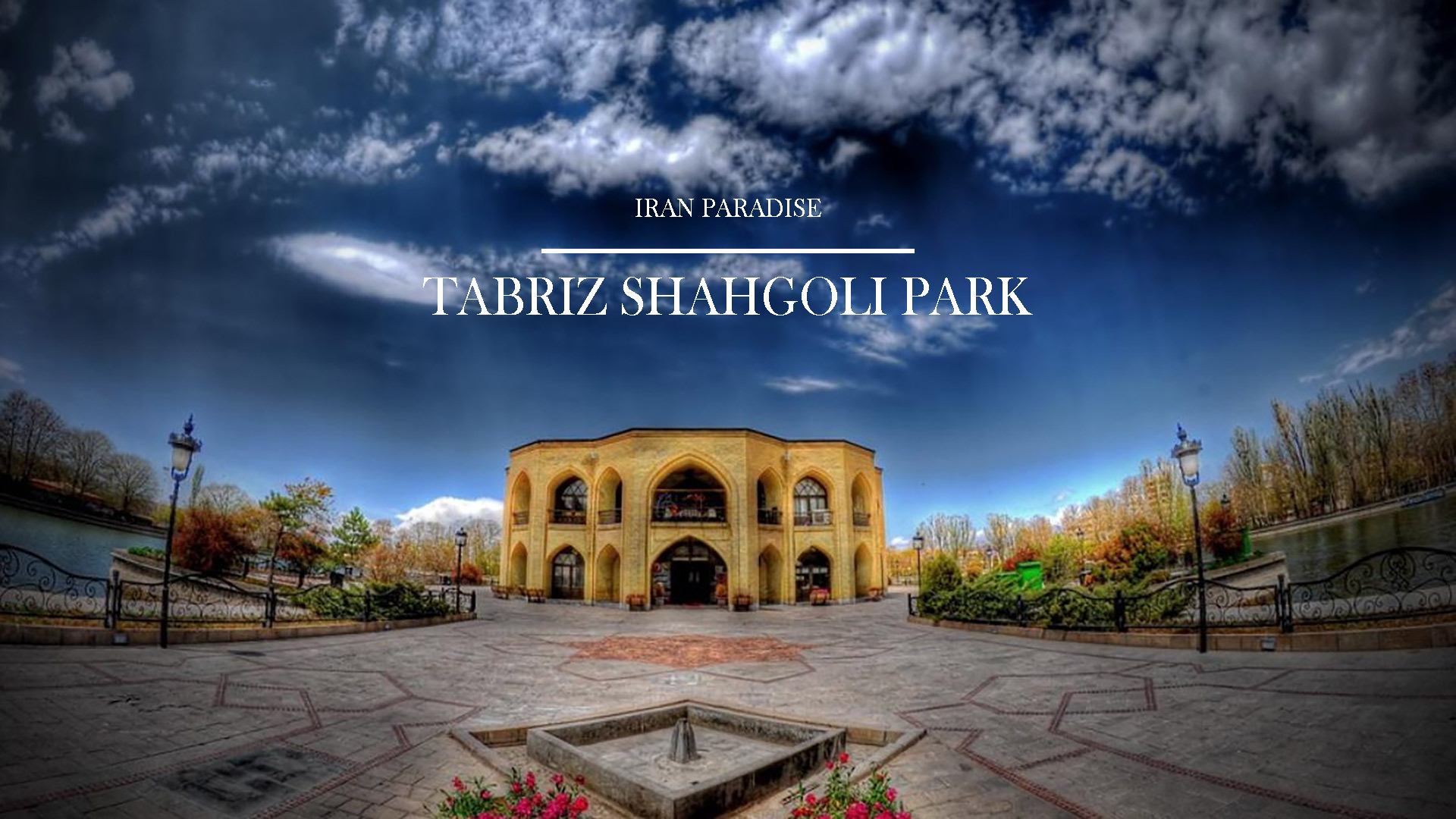
El Goli Historical Park is one of the most visited sites in Tabriz. It includes a small palace in the middle of a lake. The mansion, which was used as a royal summer resort during Qajar dynasty, presents traditional Iranian architectural style practiced in Azerbaijan. Shah Goli has been translated as “king’s pool”. The construction of this structure was attributed to Aq Qoyunlu dynasty and its development dates back to Safavid era. El-Goli Park was the largest water reservoir to irrigate gardens of east Tabriz before Safavid Dynasty but during this era a wall made of stone was dragged around interior part of the lake. During the Qajar era, some streets, flowers and walk sides were set up around El-Goli Park to decorate this promenade. Some fundamental renovations were done during Pahlavi era by Sayed Baqer Kazemi, the governor of the East Azerbaijan at that time. In the center of the El-Goli Park, there is an octagonal house, which is now used as a reception hall and is famous for El-Goli Palace. In addition to the coffee shop and restaurant located in El-Goli Park, the area around the lake is also a spectacular and beautiful place to walk and relax; there is also a possibility for the visitors to sail inside the lake
The glorious Golestan Palace in Tehran is a masterpiece of Qajar dynasty that depicts the creative integration of Iranian architecture with western influences. Qajar family came to power in 1779 and since then, Tehran was chosen as the capital of their power and the palace was the seat of their government. This palace was built around a garden with picturesque planted areas and a beautiful pool. When you walk into the courtyard, the first thing you see is Takht-e Marmar Terrace. The terrace is ornamented with Iranian elements like mirrors, stuccos, paintings and tile works. There is also a yellow marble throne that came from Yazd. On the right side of the terrace, there is another terrace where Naser al-Din Shah reclined and smoked while enjoying the green surroundings. The integration of Iranian and European architecture is best clear in Shamsol Emare, where the king wanted to have a clear view of the capital, therefore; he got a tower built for him. Though, only its ground floor has remained. There is a theater right on the southern part of Shamsol Emare. It was constructed upon the order of the Qajar king for performing Ta’zieh (Islamic mourning performance). This architectural phenomenon with all of its vibrant and colorful figures and monuments has been registered on UNESCO World Heritage list on 2013
